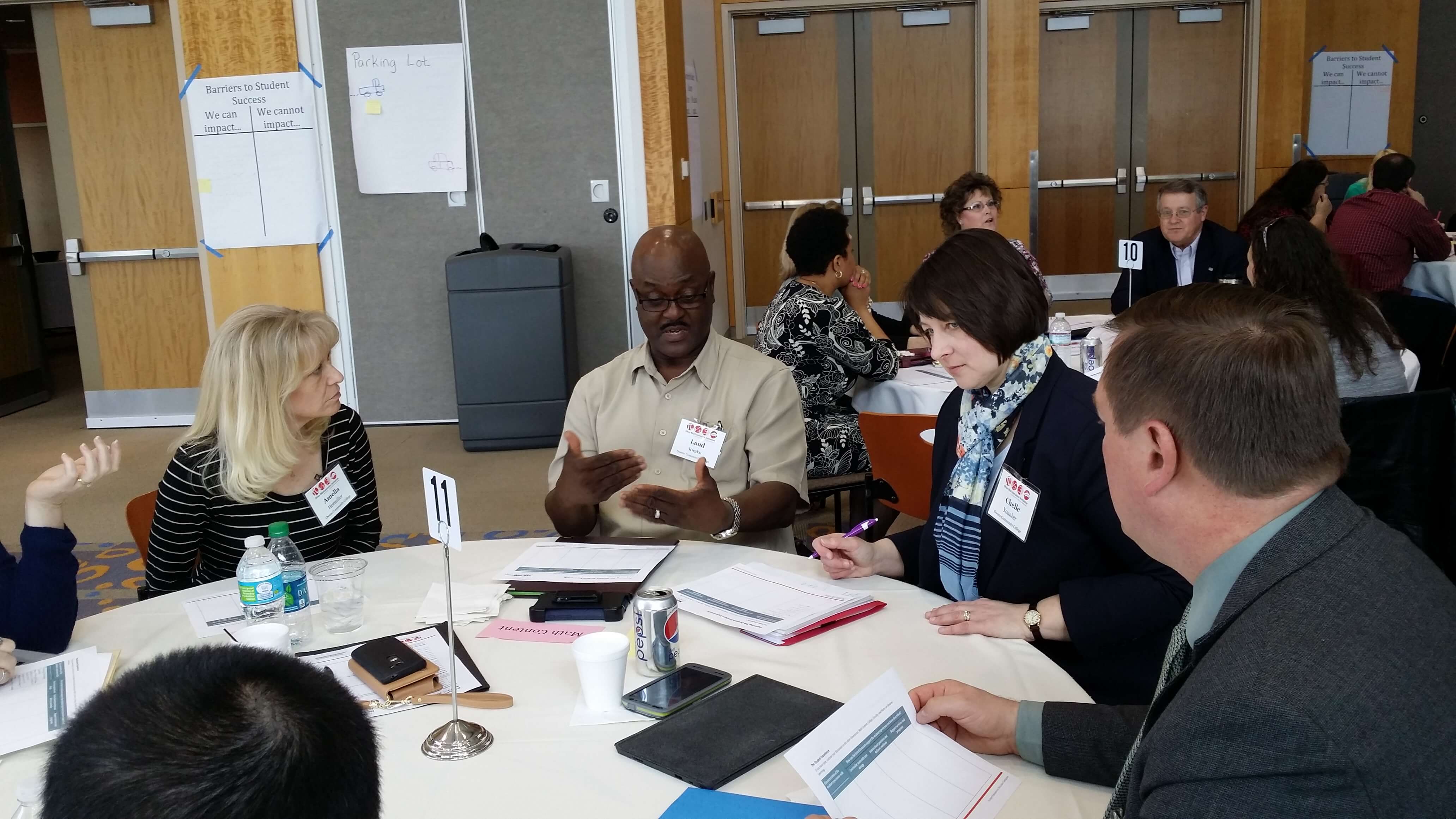Formal Charge
The Ohio Mathematics Steering Committee identified five “Essential Components” of the work required to meet the charge set by the Ohio Board of Regents:
- Develop high quality entry-level courses and pathways connected to coherent programs of study for students majoring in (a) mathematics, (b) other mathematics-intensive majors, and (c) majors that are not mathematics-intensive.
- Develop transfer policies and processes that provide for effective transfer of course credits and also encourage course innovation on the campuses.
- Support constructive engagement of mathematics chairpersons and faculty within campus communities and across campuses to shape curricular policy, to improve instruction, and to bolster student support and advising.
- Develop high quality measures for improving mathematics course offerings and instruction; collect, analyze and share relevant data.
- Improve successful transition from high school to college by aligning higher education mathematics content and instruction with K–12 content and practice standards.
Based on these components, the steering committee published recommendations in their task force reportview full resourceView Full ResourceDownloadFile. (Ohio Mathematics Initiatives, 2014).
Joan Leitzel and Luis Casian presented the evolution of the state-level recommendations, including the math task force process and lessons learned, for the Ohio Mathematics Steering Committee in a webinar called A Gateway to College: Rethinking Postsecondary Mathematics hosted by The Opportunity Institute and LearningWorks.
Since publishing the recommendations, Ohio has changed a policy requiring Intermediate Algebra as the metric for college readiness, developed a new definition of college-level content, and established a new Quantitative Reasoning course in its Transfer Module. In April 2016, the state began its move towards institutional implementation when representatives of all 37 public universities and colleges attended a two-day workshop on Designing Math Pathways presented by the Dana Center. The institutional teams drafted goals for scaling pathways at their institutions and created action plans for implementation.





